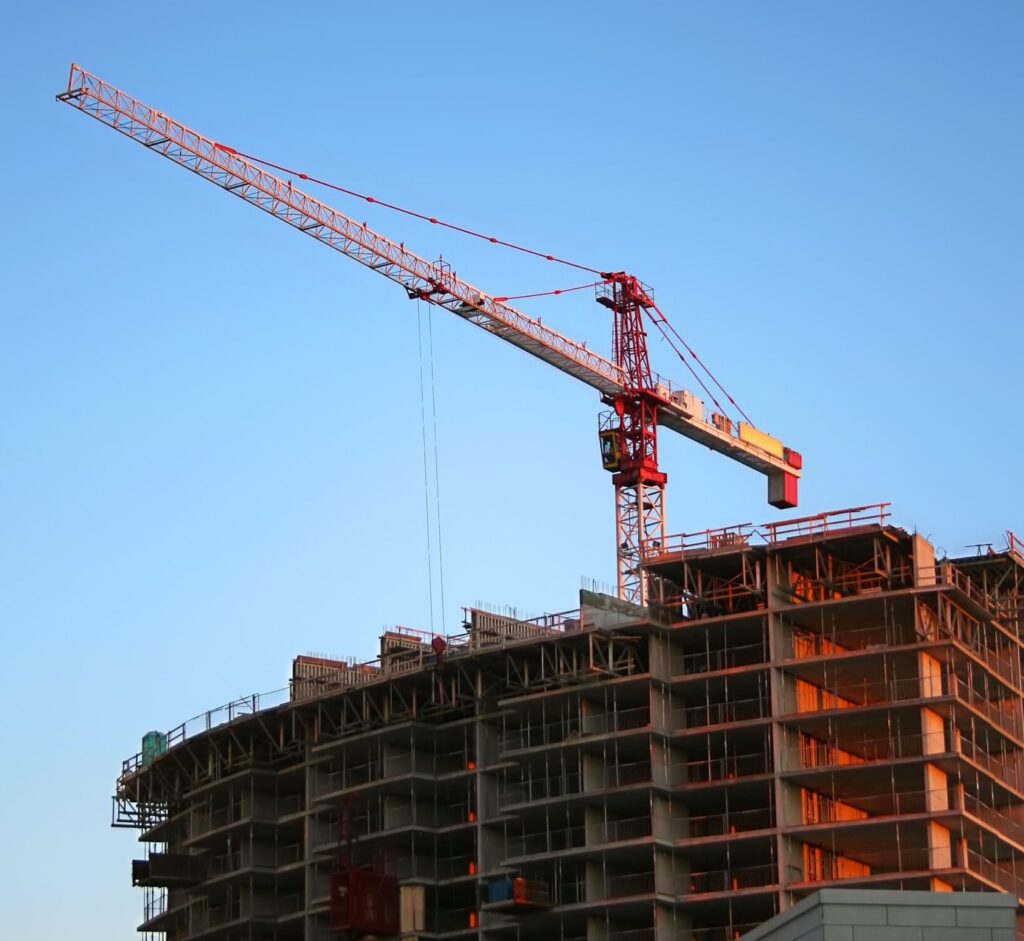A large crowd gathers, often dressed in a combination of suits and construction worker gear. A giant red ribbon is cut with a ridiculously large pair of scissors. The media is there, and even political rivals are faking smiles and offering handshakes (at least pre-COVID).
Everyone is thinking of the future as they build the next
Nothing seems to inspire the future as a large infrastructure project. While there is often a decent return on investment for a bridge, it pales in comparison to spending money in other areas that are far less “media-friendly.” Fixing legacy sewer pipes and repairing ageing bridges likely offers a better return on your tax dollar, but no one wants to put on a suit to talk about that. The same goes for upgrading Internet connectivity for rural areas; what is sexy about something you cannot even see?
However, upgrading the Internet connection speed for rural residents may be the single most significant investment that a government can make. It helps with so many aspects of their lives that a single dollar spent may translate into more than 10 dollars of return for the community, and it is also great for business.
First, before we get to the benefits, let’s answer a fundamental question:
Why should the upgrade be cellular (and not landline connections)?
Sure, it is technically feasible that money is spent on upgrading landline-based connections in rural areas. But, while it is technically possible, it is not economically viable. The sheer distance between homes in many areas makes it way too expensive to trench landlines between properties. In this case, cellular-based technology makes a lot of sense.
One may ask, “would we just put in 5G?” In an ideal world, you would, but 5G, also suffer from an inability to handle long distances cost-effectively. For many areas, a 4G Network would be a great choice. With the limited amount of traffic being sent, the speeds would be in the upper part of the range, more than enough to handle video-based traffic. Also, since the coverage would be better, commuters could also be used while driving through the area, increasing public safety.
As for the benefits of better Internet connectivity in rural areas:
Better education for children
With few exceptions, the education system in most rural areas falls below the standard offered in most cities. When you look at how larger school districts are starting to use technology, the gap grows even further. Many are now using smart boards and asking children to access video-based content as part of their homework assignments. When you can barely get dial-up speed for connectivity at home, this puts you way behind.
Higher speed connectivity allows children to access information in a way that puts them on-par with the students in big cities. It also provides for remote learning for children who are unable to attend regular school.
Better opportunities for business
I have stated on many occasions that no company, regardless of their size or industry they are in, can function normally without a reliable form of Internet access. This has limited many companies for opening or thriving in rural communities. It has also limited a type of business that rural locations could easily compete in: e-commerce.
By having access to the Internet, many rural businesses can access the world of Amazon and Etsy. Also, they can interact with customers online and in social media outlets better.
Better access to health care
When your primary doctor is 2 hours away by car, you may not get things checked out nearly as often. It gets even worse when you have to travel a full day by car to see a medical specialist.
It is for this reason that life expectancy is often lower in many rural areas than their urban counterpart.
Virtual medicine is just starting to take hold, but it requires a relatively quick and stable Internet connection to be viable. By providing this, we can reduce medical costs and significantly improve the level of health care.
Naturally, it will not be sexy to provide better coverage for rural residents. I doubt anyone will make one of those cool time-lapse videos for people to watch. But, it does offer the best bang for the buck, and we need to do it now.
